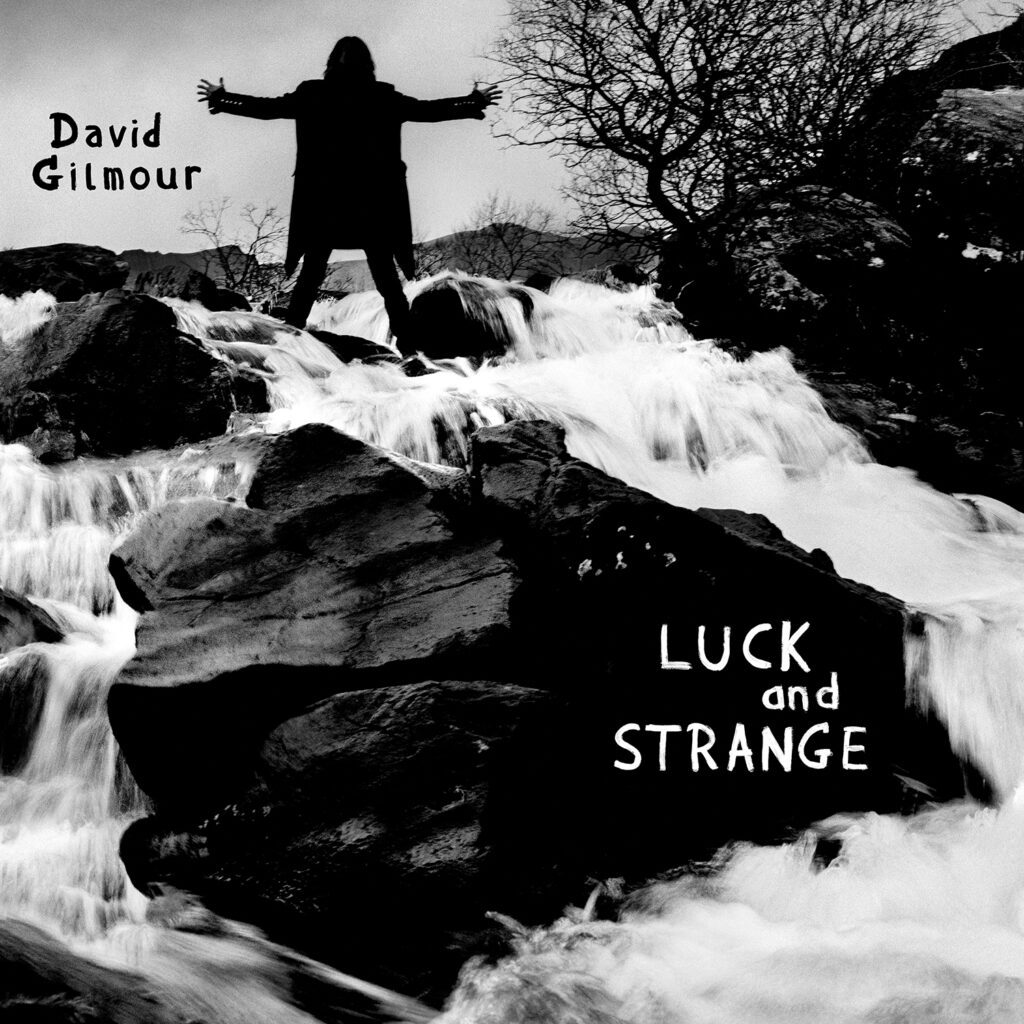David Gilmour, formerly of Pink Floyd, doesn’t make many solo albums. He made one while the first post-Syd Barrett incarnation of Pink Floyd was still together in 1978, one in 1984, which was one year after that lineup’s last album, and then didn’t record another solo album until 2006. The next one was in 2015.
This new one, like all his previous solo albums, is more than worth the wait. Few artists who began their careers in the 1960s and who are releasing new albums these days have made a record this good. While still reflecting the sound (both vocally and musically) that fans of Gilmour most love, this new album is something truly new and fresh. The most striking thing about the album is how understated the music is and how, other than in the moments where orchestration is added, the instrumentation is minimal and very organic.
Naturally, this is a very guitar-heavy recording, with Gilmour’s iconic guitar sound prevalent throughout. Rob Gentry’s tasteful synths and keyboards are subtly a major part of the sound, with Roger Eno contributing keyboards to the album opener “Black Cat” and Gilmour’s late, ex-bandmate from Pink Floyd Richard Wright, playing keyboards on the title cut, which was taken from a jam at Gilmour’s home in 2007. Other notable musicians who contributed to the album include Guy Pratt and Steve Gadd.
Gilmour’s wife Polly Sampson wrote most of the lyrics, which often deal with growing older, but which are very complex, nuanced, and in no way morose. There is a cover of “Between Two Points,” from The Montgolfier Brothers, with Romany Gilmour on vocals and harp, who also performs backing vocals on the album. Both Romany Gilmour and Gabriel Gilmour, two of his children with Sampson, contribute to the album.
This is an album best listened to on vinyl. While sometimes new recordings may not transfer best to vinyl in this digital age, the sound here is superb. The album was recorded at a variety of studios in England and mixed at Gilmour’s houseboat studio Astoria Studio.
Gilmour co-produced the album with Charlie Andrew, whose input deserves its due in not turning this album into an attempt to sound overly contemporary or to simply rely on Gilmour’s iconic past. There’s a huge team who engineered and mixed the album. The album was mastered by Dick Beetham at 360 Mastering and the vinyl masters were cut by Miles Showell at Abbey Road Studios.
The vinyl album is a gatefold package with a 16-page, 12” LP-size booklet with photography and design by the legendary Anton Corbijn. Corbijn is often most associated with U2, particularly his work on their Joshua Tree album, and he also photographed and designed the album cover and gatefold.
This is an album that Gilmour and Pink Floyd fans will love, but Gilmour has indeed created something new for today, without pandering to the vapid and empty electronic sounds and tricks of today’s music.
GRADED ON A CURVE:
B+
